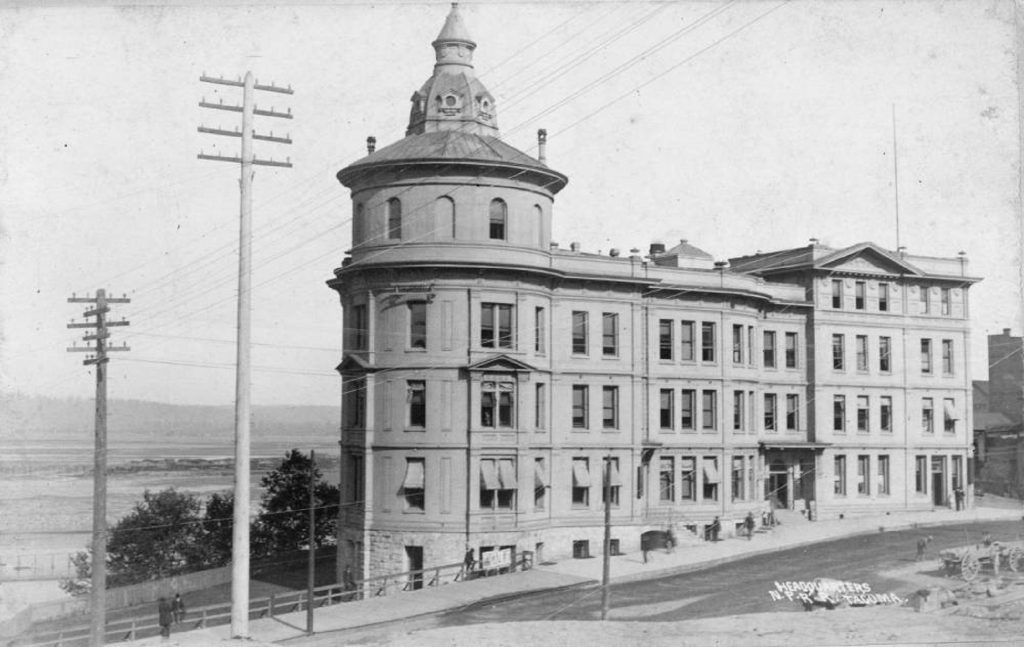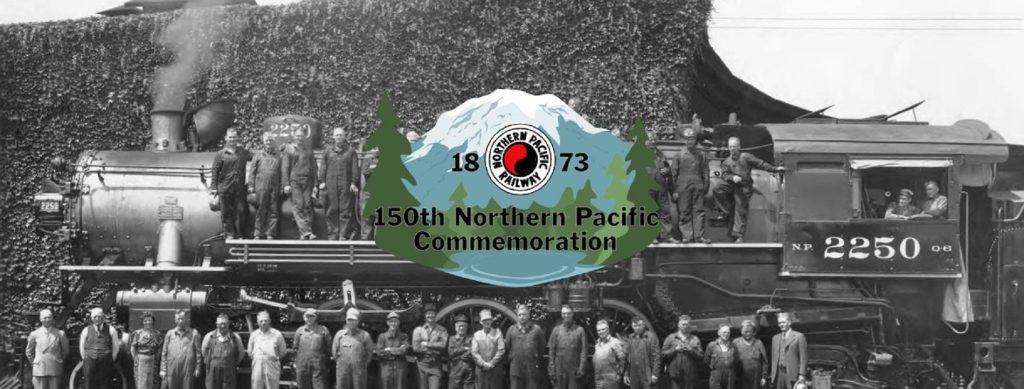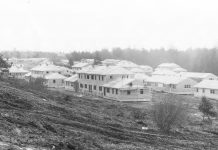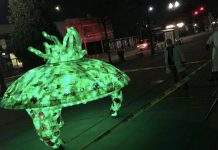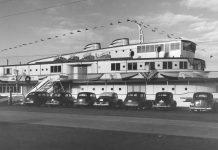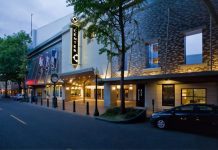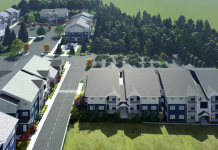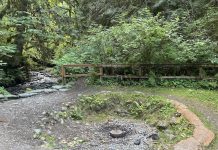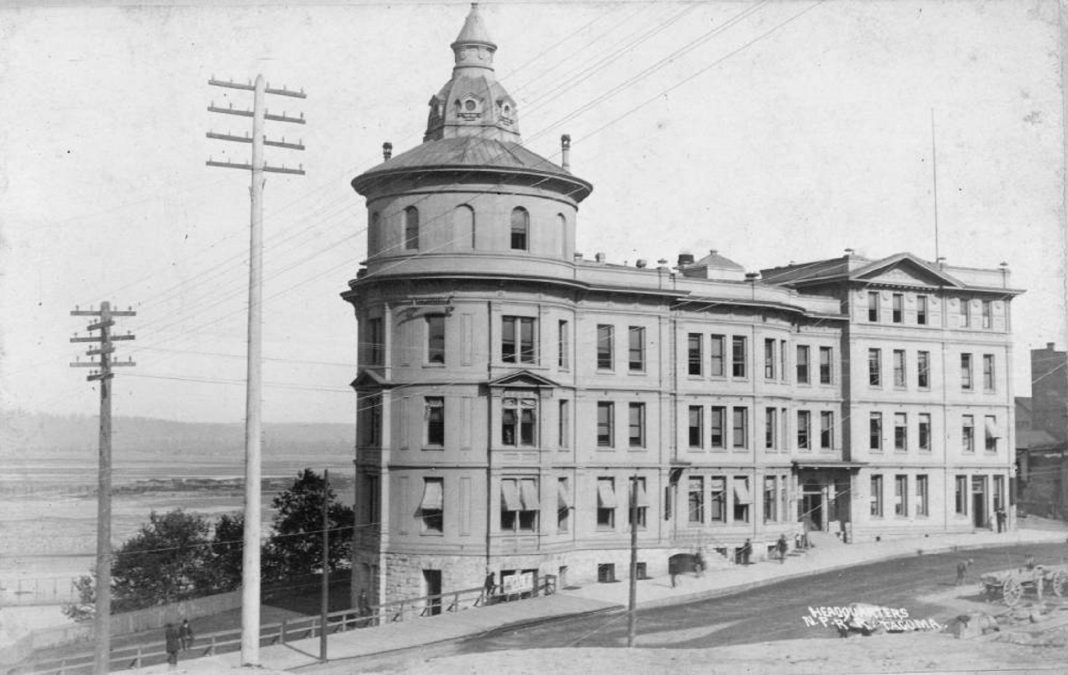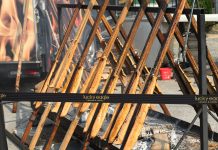Sesquicentennial is one of those words that is just fun to say. Sesquicentennial. Sesquicentennial. It ranks right up there with urchin or cellar door or gherkin. But unlike those everyday words, sesquicentennial is rare since few things are still around after 150 years.
Tacoma’s ties to the rails can say that. It is marking its sesquicentennial, or 150th anniversary, this year with a caboose-load of events, panel discussions, presentations, art showings, indoor activities, outdoor adventures, and cultural exhibits. Some exhibits run for months, and other activities are one-and-done, but what is certain is that the year-long commemoration will cover the historic landmark from all angles and perspectives for all ages.
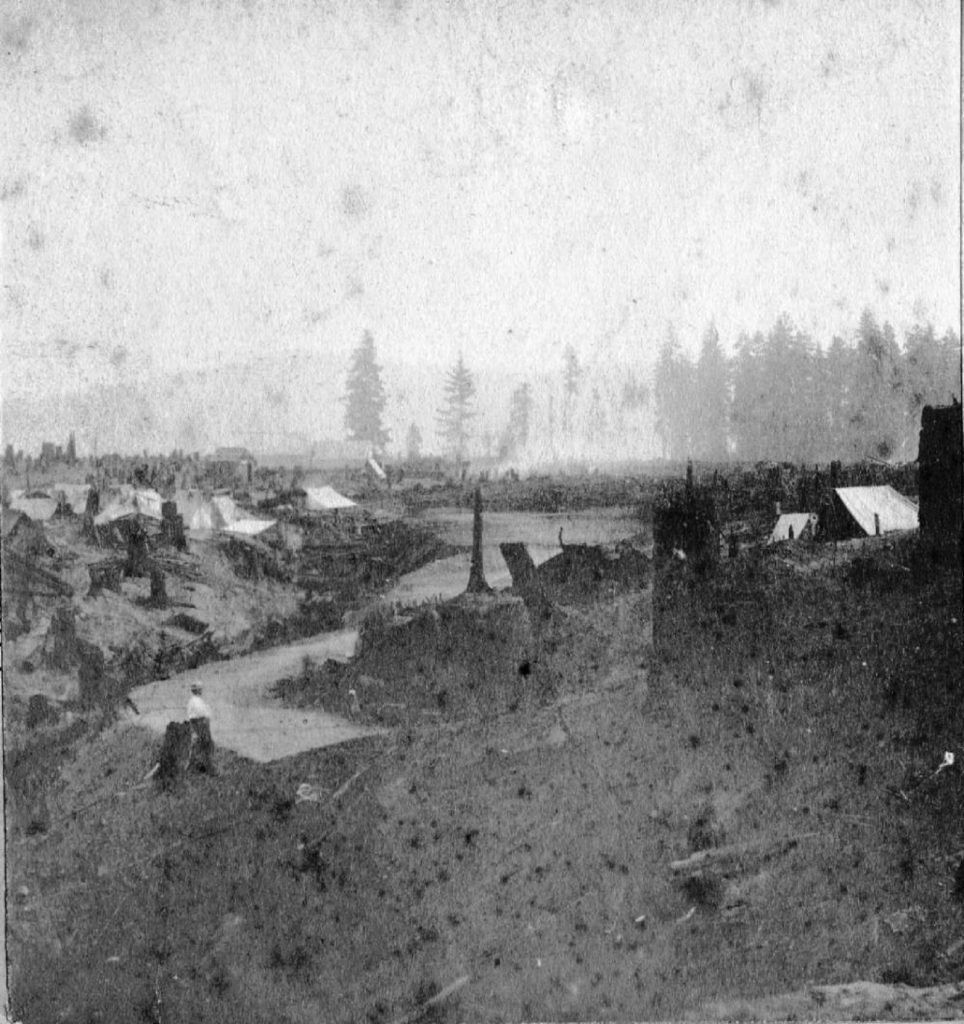
Tacoma’s Railroad History
The coming of the railroad to Tacoma was definitely a windfall for the wealthy, white male tycoons. Land prospectors certainly fared well. Many others, however, only saw hard work, racism, broken promises, theft and dispossession of the land their people had called home for ages.
“It wasn’t a good thing for everyone,” said Tacoma Historical Society Managing Director Jessica Smith. “Everyone’s experiences were different. We really wanted to make sure we were telling all the stories. That was really important to us.”
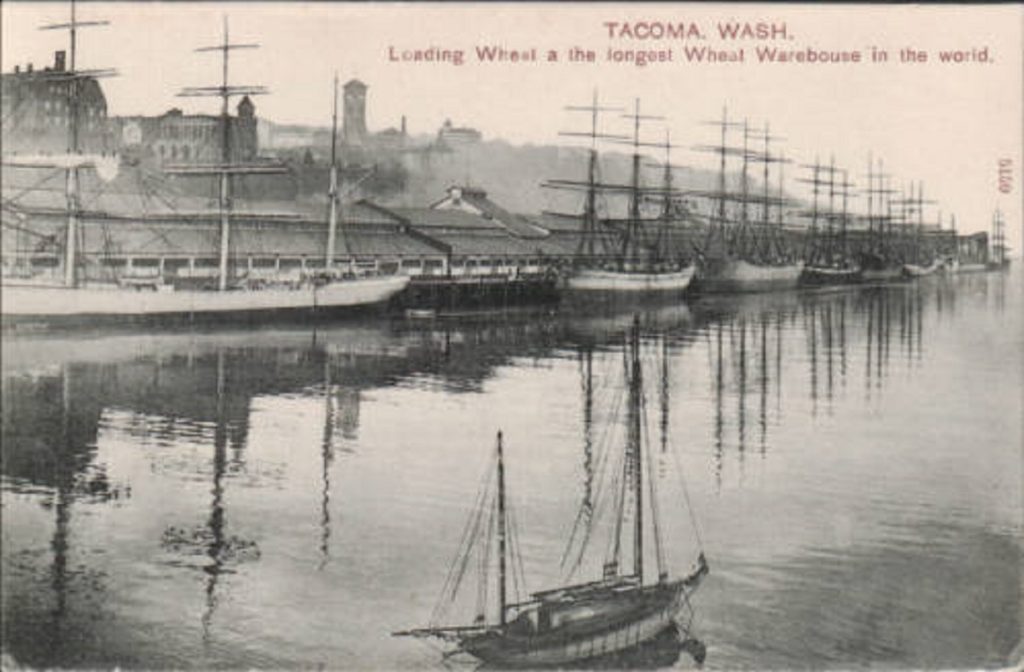
As you might remember in any local history lesson, Northern Pacific Railroad announced in the summer of 1873 that they had selected Tacoma as the terminus of their transcontinental railroad, much to the shock and dismay of Seattle residents who had thought the selection of their patch of Puget Sound was the better choice.
The NP’s decision to locate its “end of the line” in Tacoma began the longstanding battle between Seattle and Tacoma that continues to this day since the train would make any stop a commercial hub. Both were fighting with all they could to become the central city of Puget Sound.
To prime that economic pump, Matthew McCarver had already laid out his “Tacoma City” and bought up the choice bits of waterfront around what is now Old Town on the gamble his city would win the railroad race after a terminus search committee toured, and were courted by, every up-and-coming hamlet in the Washington Territory.
Unbeknownst to McCarver, or other cities for that matter, NP officials already had secretly agreed on a location. They bought up land for their terminus in their own city, “New Tacoma,” on land that is now downtown.
That decision made the City of Destiny an international hub for Asian goods coming east and American logs going West. It also brought pioneers and immigrants looking to find new lives at the cost of the lives of Native Americans who were already here. The coming of the railroad also meant that rail-laying jobs would essentially dry up once the last rail touched the waters of Commencement Bay. The predominantly Chinese rail workers would face the wrath of racist labor leaders and politicians on what is considered the darkest day in Tacoma’s history.
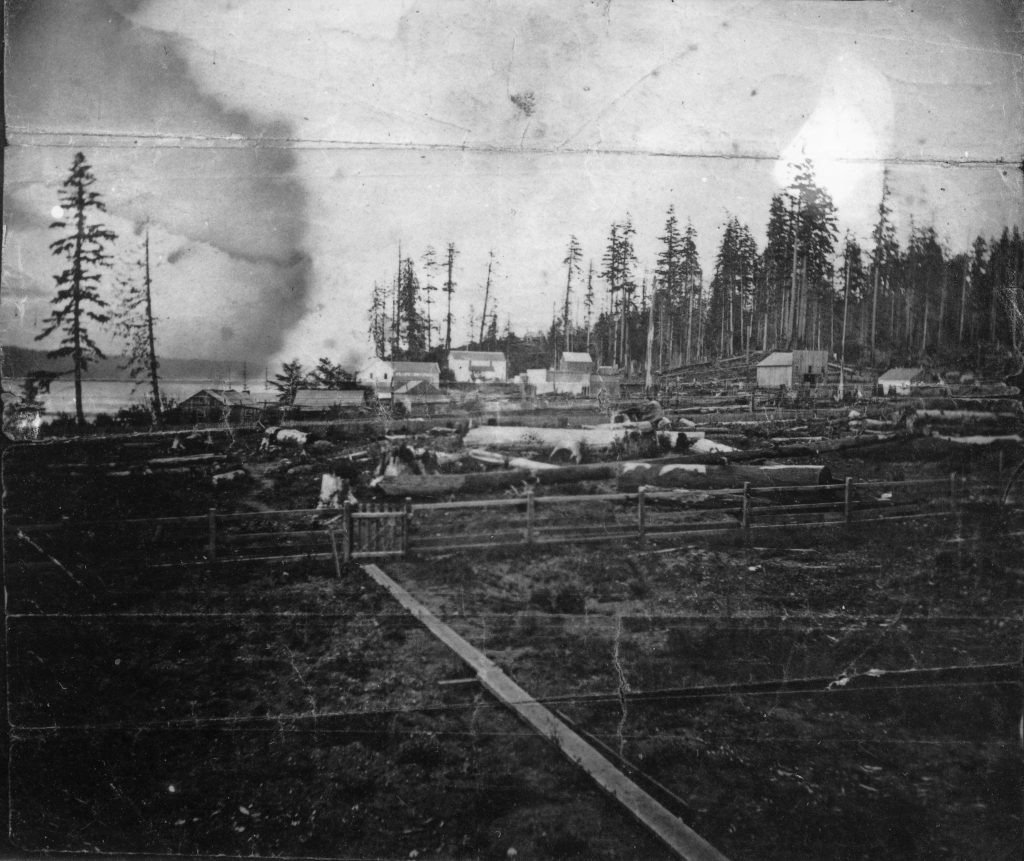
Dreams & Dispossessions: The Railway Comes to Tacoma
Because of those varying experiences of the railroad’s arrival back then and its ripple effects through the passage of time, the year-long collection of events is being billed as a commemoration anchored by THS’s exhibit “Dreams & Dispossessions: The Railway Comes to Tacoma” rather than a celebration.
The list of events and activities throughout the year can be found online, along with a timeline of key events in Tacoma’s railroad history as a way to serve as a one-stop resource hub for such things after the commemorative events are over. Of course, presentations will be archived on THS’s Youtube channel as well.
“There is something for everyone, for sure,” Smith said, noting the catalog of lectures, movies, board game nights, activities, arts events, scavenger hunts and presentations. The capstone event will be the City of Destiny Festival at the Foss Waterway Seaport Museum in October.
